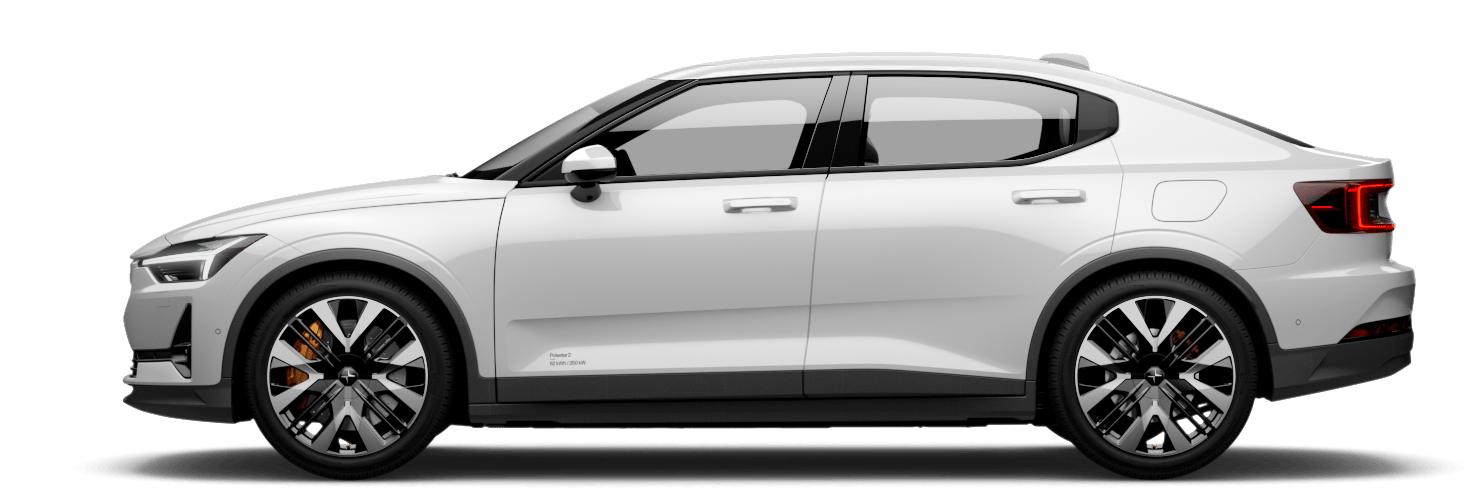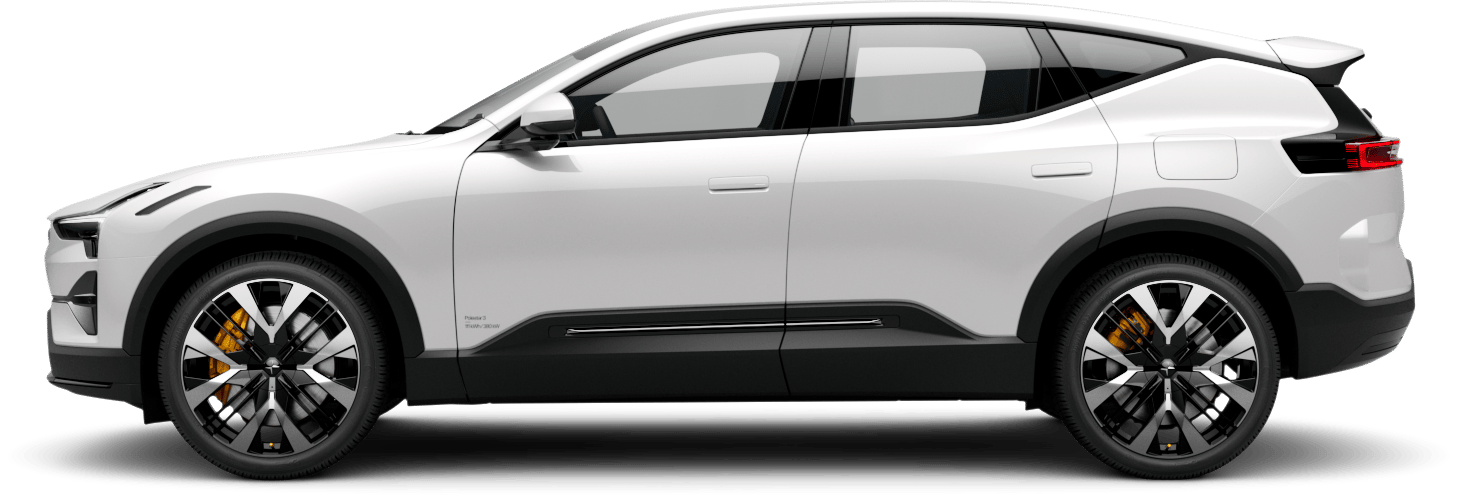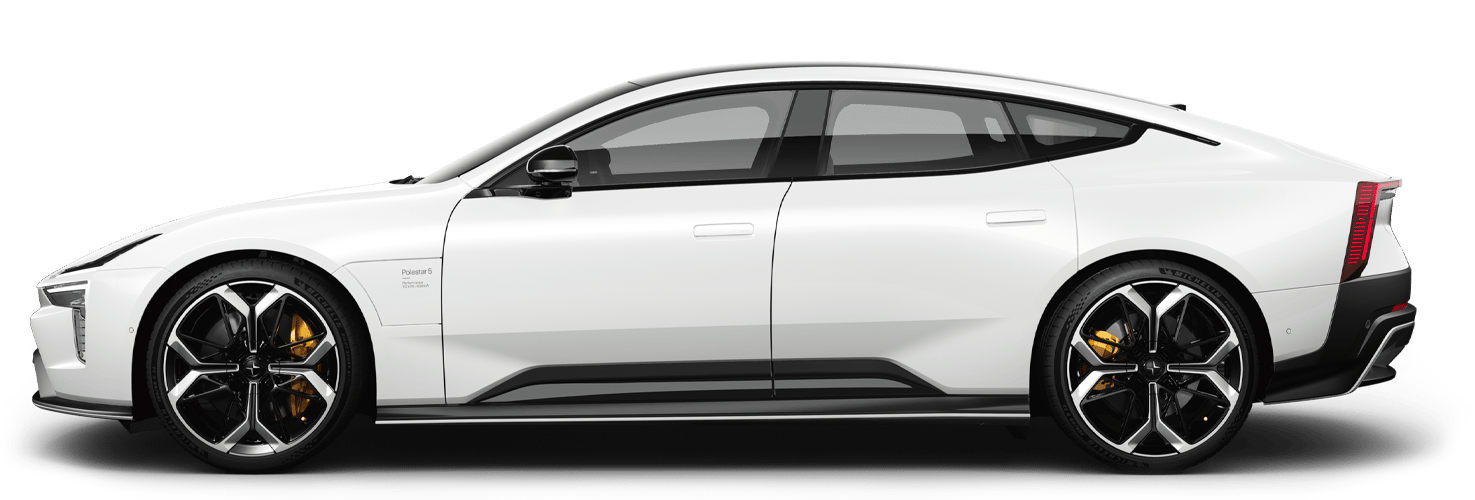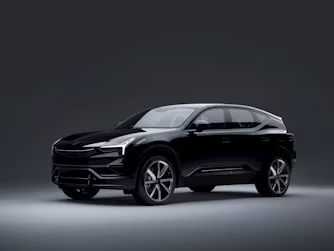What is blockchain: How it works and its practical applications explained
In the world of technological innovation, few phenomena have sparked as much excitement, controversy, and potential as blockchain technology. Its journey from a niche concept to a global disruptor is a testament to our quest for efficiency and security in the digital realm. But how does it work?
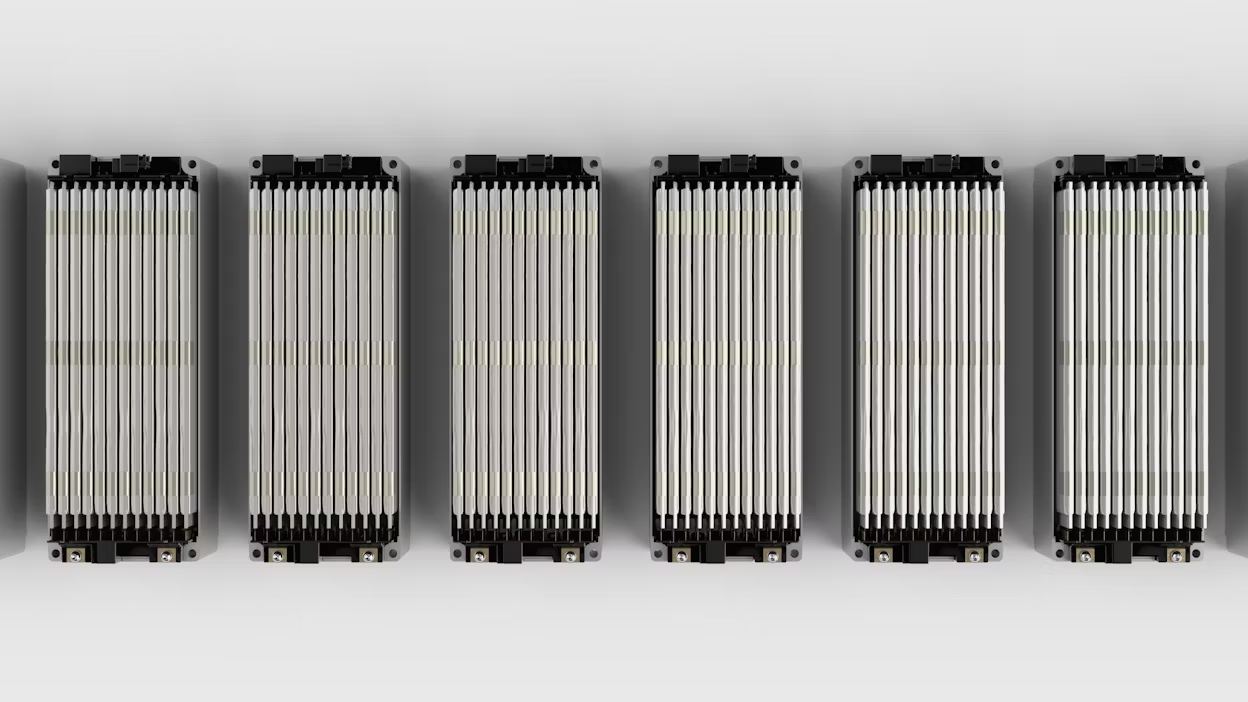
The history of blockchain
First things first, let's demystify blockchain. Born from the mind of a pseudonymous figure known as Satoshi Nakamoto in a groundbreaking 2008 whitepaper, blockchain emerged as the foundational technology underpinning Bitcoin, the world's first cryptocurrency. Nakamoto's vision was simple yet revolutionary: to create a decentralised digital currency that operated outside the control of traditional financial institutions.
From its humble beginnings as the backbone of Bitcoin, blockchain quickly captured the imagination of technologists, entrepreneurs, and visionaries alike.
How blockchain works
So, what exactly is blockchain? At its core, blockchain is a secure way to record information. It uses "blocks," which are like digital containers for data. Many computers worldwide keep copies of these blocks. Before adding new information, most computers must agree it's correct. Once added, the information can't be changed, making it safe and trustworthy.
Each transaction is stored in a "block" and linked together in a chain, hence the name blockchain. But what sets it apart from traditional databases is its decentralised nature. Unlike centralised systems where a single authority controls the data, blockchain is distributed across a network of computers, making it resistant to tampering and censorship.
Imagine you want to transfer funds to a friend using a cryptocurrency like Bitcoin. When you initiate the transaction, it gets broadcasted to the network of nodes (computers) spread across the globe. These nodes then validate the transaction using complex mathematical algorithms and add it to a block. Once the block is verified by the majority of nodes through a process called consensus, it's added to the existing chain, forming an immutable record of the transaction.
In addition to consensus mechanisms, blockchain networks often incorporate smart contracts, self-executing contracts with the terms of the agreement directly written into code. Smart contracts enable automated and trustless transactions, eliminating the need for intermediaries and streamlining processes across various industries.
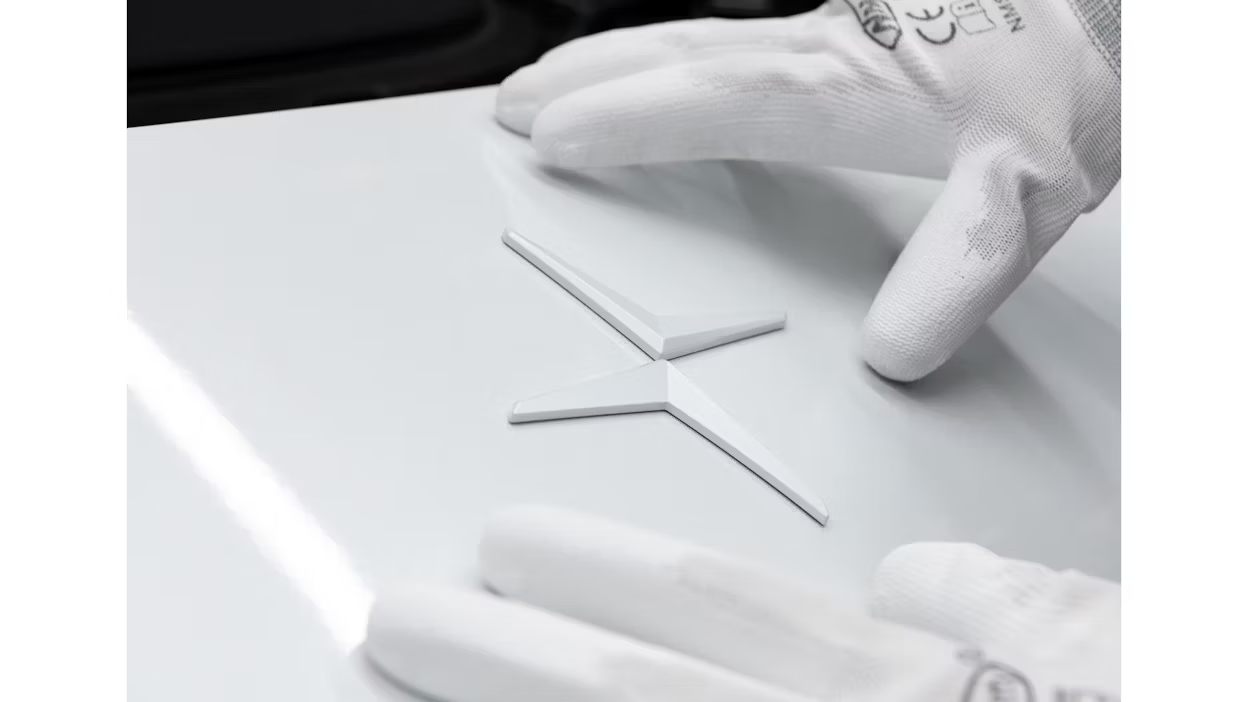
It's not just about the data, but the ability to make this data into information and to be able to translate this information into insights
Beyond cryptocurrency
Now that we've covered the basics, let's explore some real-world applications of blockchain technology. Cryptocurrencies like Bitcoin and Ethereum have been the poster children of blockchain technology. They've revolutionised the way we perceive money and have given rise to a new wave of digital assets.
But blockchain isn't just limited to finance. It's being leveraged in various industries to streamline processes and enhance transparency. Take supply chain management, for example. Each step in the production process – from raw material extraction to manufacturing and distribution – can be recorded on a blockchain, creating an immutable trail of transactions. This not only helps combat counterfeiting but also fosters trust among consumers and ensures companies know their supplies are ethically sourced.
Picture this: you're sipping your morning coffee, blissfully unaware that the beans in your cup travelled halfway across the world, passing through multiple hands before reaching you. But do you know if those beans were ethically sourced? Were the farmers paid fair wages? Was the environment protected during production?
The reality is, most of us don't have a clue. So, how does blockchain swoop in to save the day? By bringing transparency and traceability to supply chains, that's how. Imagine being able to track every step of a product's journey, from the moment it's sourced to the second it lands in your hands.
Applications of blockchain technology
One company leading the charge in this space is Circulor. They use a number of technologies, including blockchain to trace materials like cobalt, a key component in lithium-ion batteries used in EVs. By partnering with mining companies and manufacturers, Circulor provides OEMs such as Polestar detailed supply chain information, tracing materials back to their source mines, enabling companies to make informed decisions.
Polestar’s partnership with Circulor began in 2021 and gives us the ability to trace a wide range of raw materials used throughout vehicle and parts production. Circulor’s services are used for tracing high risk minerals Cobalt and Mica in the Polestar 2, and also includes Lithium and Nickel for Polestar 3, setting a transparency precedent for the automotive industry.
In 2021, we spoke to Circulor CEO Doug Johnson-Poensgen about traceability-as-a-service, proving responsible sourcing. “Traceability-as-a-service is the process of mapping a supply chain, implementing a solution into the various participants in the supply chain, and collecting data and developing insights which are then shared with our customers,” Doug said.
“It's not just about the data, but the ability to make this data into information and to be able to translate this information into insights,” Yue Jin Tay said, VP, Strategic Accounts and APAC at Circulor.
A film series presented by WWF and produced by BBC StoryWorks Commercial Productions highlighted our journey together where we covered the importance of tapping into supply chain transparency within EVs.


The future beyond the blocks
Of course, blockchain technology isn't without its challenges. Scalability and regulatory compliance are just a few hurdles that companies must overcome when implementing blockchain solutions.
Another challenge frequently discussed is energy consumption. However, not all blockchains are equal. The blockchain technology used for cryptocurrencies requiring mining to demonstrate Proof-of-Work is a public blockchain that consumes a lot of energy. In contrast, there exist private, permission-based blockchain that only trusted participants can join and contribute data to the private ledger. Unlike public blockchains for cryptocurrencies, this setup does not require Proof-of-Work, thereby significantly reducing energy consumption and its environmental impact.
But despite these challenges, it’s being increasingly understood by global policymakers as a viable tool to underpin and prove regulatory requirements and the potential benefits of blockchain technology in tracing risk materials far outweigh the obstacles. The OEM industry has a historical reputation for lacking transparency, so we're forging new paths and relying heavily on collaboration with suppliers and companies. As more companies recognise the importance of transparency and accountability, blockchain will undoubtedly play a central role in shaping the future of supply chains.
So, the next time you pick up your smartphone or pour yourself a cup of coffee, take a moment to think about where it came from. With blockchain, the answer might just surprise you.
